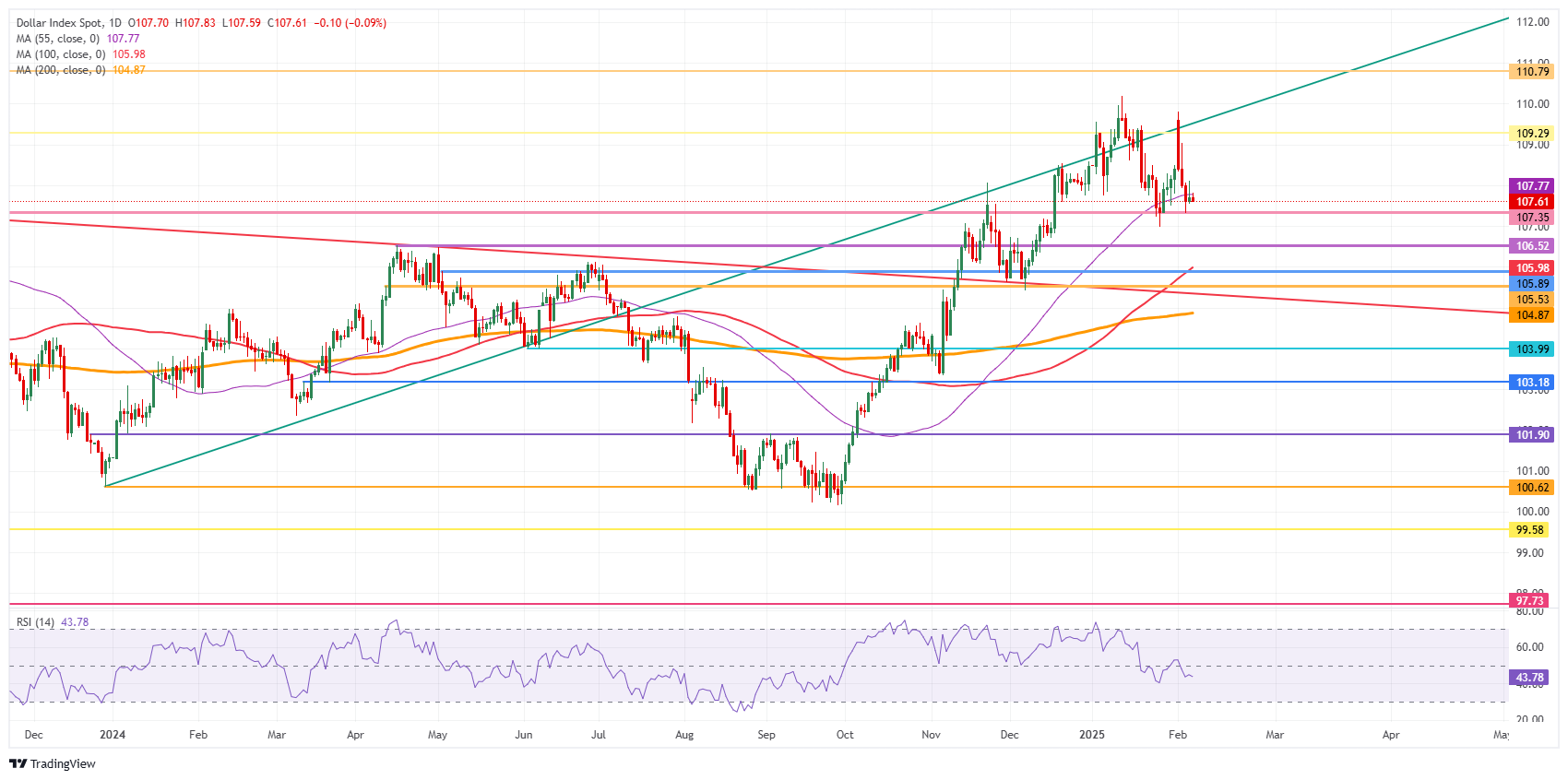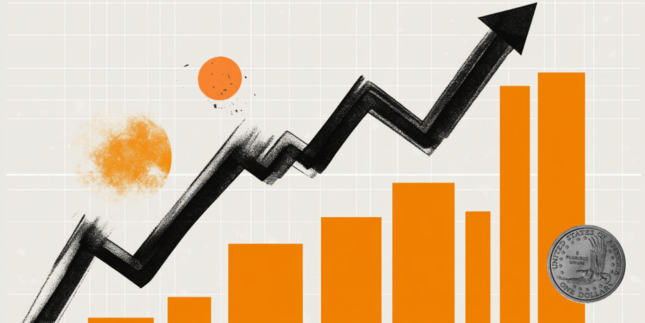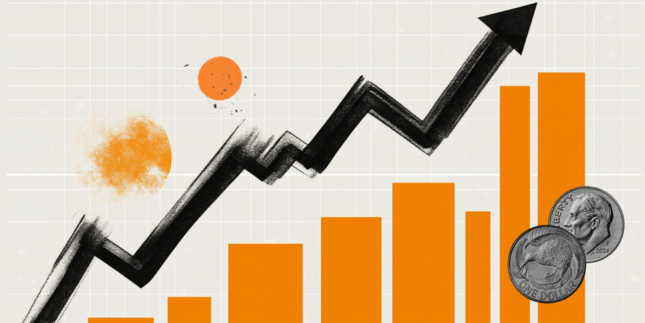US Dollar consolidates after upbeat NFP report
- The US Dollar marginally positive after a not-so weak NFP.
- The Unemployment Rate pushes back on US Dollar selling.
- The US Dollar Index (DXY) is trying to head back to 108.00 on the back of the NFP release.
The US Dollar Index (DXY), which tracks the performance of the US Dollar against six major currencies, trades at 107.83 in the US Nonfarm Payrolls (NFP) report aftermath. Again the rule of thumb proves right that buying the rumor and sell the fact pays off. With market expectations having been too elevated, betting on a weaker print, a knee jerk reaction takes place and avoids a drop in the DXY below 107.35.
Actual Nonfarm Payrolls data came in at 143,000, below the 170,000 consensus, compared to 256,000 in December. The estimated range was between 105,000 at the lowest estimate and 240,000 at the high end of the range. with this 143,000 print, the number came in roughly at the lower end of the range, but still in the range. Hence the rather muted repsonse and the DXY holding above 107.35.
Daily digest market movers: Not that bad at all
- The US Nonfarm Payrolls report for January came in as an outlier on market expectations:
- Nonfarm Payrolls data came in at 143,000, below the 170,000 expectation, from 256,000 in December. A staggering upbeat revision to 307,000 was applied for December
- Monthly Average Hourly Wages jumped to 0.5%, from the otherwise expected stable 0.3%.
- The Unemployment Rate fell to 4.0%, from 4.1% which was expected not to decline.
- At 14:25 GMT, Fed Governor Michelle Bowman delivers a speech on bank regulation at the 2025 Wisconsin Bankers Association Bank Executives Conference.
- At 17:00 GMT, Fed Governor Adriana Kugler speaks on "Entrepreneurship and Aggregate Productivity" at the 2025 Miami Economic Forum in Miami, Florida.
- Equities are not going anywhere with hopes for an overall third rate cut in 2025 from the Federal Reserve dampening after this Nonfarm Payrolls print.
- The CME FedWatch tool projects an 85.5% chance that the Fed will keep interest rates unchanged at its next meeting on March 19.
- The US 10-year yield is trading around 4.49%, recovering from its fresh yearly low at 4.40% printed on Wednesday.
US Dollar Index Technical Analysis: Stand its ground
The US Dollar Index (DXY) is in a tough spot at the moment. The current tariff implementations from US President Donald Trump are not clearly having the same impact on the Greenback as back in March of 2018, when the first tariffs on China were implemented. Markets are instead rather looking at US yields gapping lower and US economic data starting to open room for more than two interest rate cuts from the Federal Reserve this year. If the NFP print this Friday comes in substantially softer, expect markets to price in three interest rate cuts by the Fed for 2025 and the DXY fall to 106.00.
On the upside, the first barrier at 109.30 (July 14, 2022, high and rising trendline) was briefly surpassed but did not hold on Monday. Once that level is reclaimed, the next level to hit before advancing further remains at 110.79 (September 7, 2022, high).
On the downside, the October 3, 2023, high at 107.35 is still acting as support while the Relative Strength Index (RSI) has used the rather calm last three days to catch a breather and now has more downside room to pull the DXY lower. Hence, look for 106.52 (April 16, 2024, high) or even 105.98 (resistance in June 2024 and 100-day Simple Moving Average) as better support levels.
US Dollar Index: Daily Chart
Employment FAQs
Labor market conditions are a key element to assess the health of an economy and thus a key driver for currency valuation. High employment, or low unemployment, has positive implications for consumer spending and thus economic growth, boosting the value of the local currency. Moreover, a very tight labor market – a situation in which there is a shortage of workers to fill open positions – can also have implications on inflation levels and thus monetary policy as low labor supply and high demand leads to higher wages.
The pace at which salaries are growing in an economy is key for policymakers. High wage growth means that households have more money to spend, usually leading to price increases in consumer goods. In contrast to more volatile sources of inflation such as energy prices, wage growth is seen as a key component of underlying and persisting inflation as salary increases are unlikely to be undone. Central banks around the world pay close attention to wage growth data when deciding on monetary policy.
The weight that each central bank assigns to labor market conditions depends on its objectives. Some central banks explicitly have mandates related to the labor market beyond controlling inflation levels. The US Federal Reserve (Fed), for example, has the dual mandate of promoting maximum employment and stable prices. Meanwhile, the European Central Bank’s (ECB) sole mandate is to keep inflation under control. Still, and despite whatever mandates they have, labor market conditions are an important factor for policymakers given its significance as a gauge of the health of the economy and their direct relationship to inflation.
Forex News
Keep up with the financial markets, know what's happening and what is affecting the markets with our latest market updates. Analyze market movers, trends and build your trading strategies accordingly.















